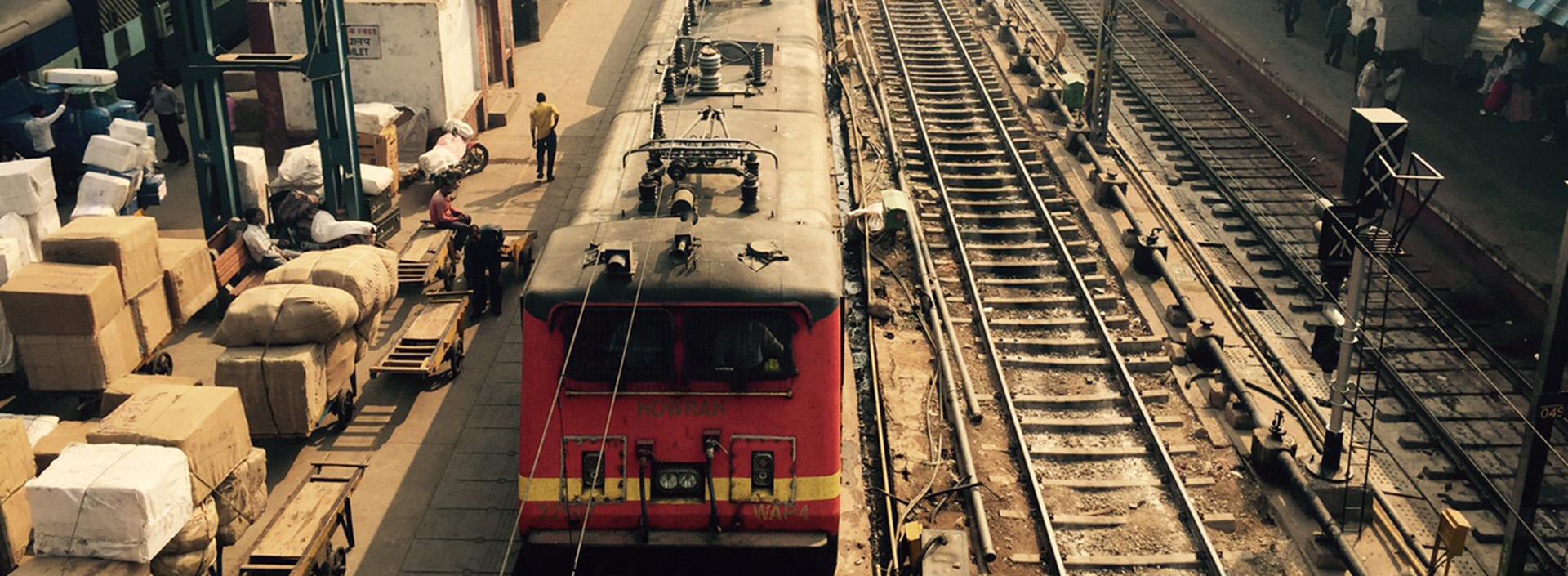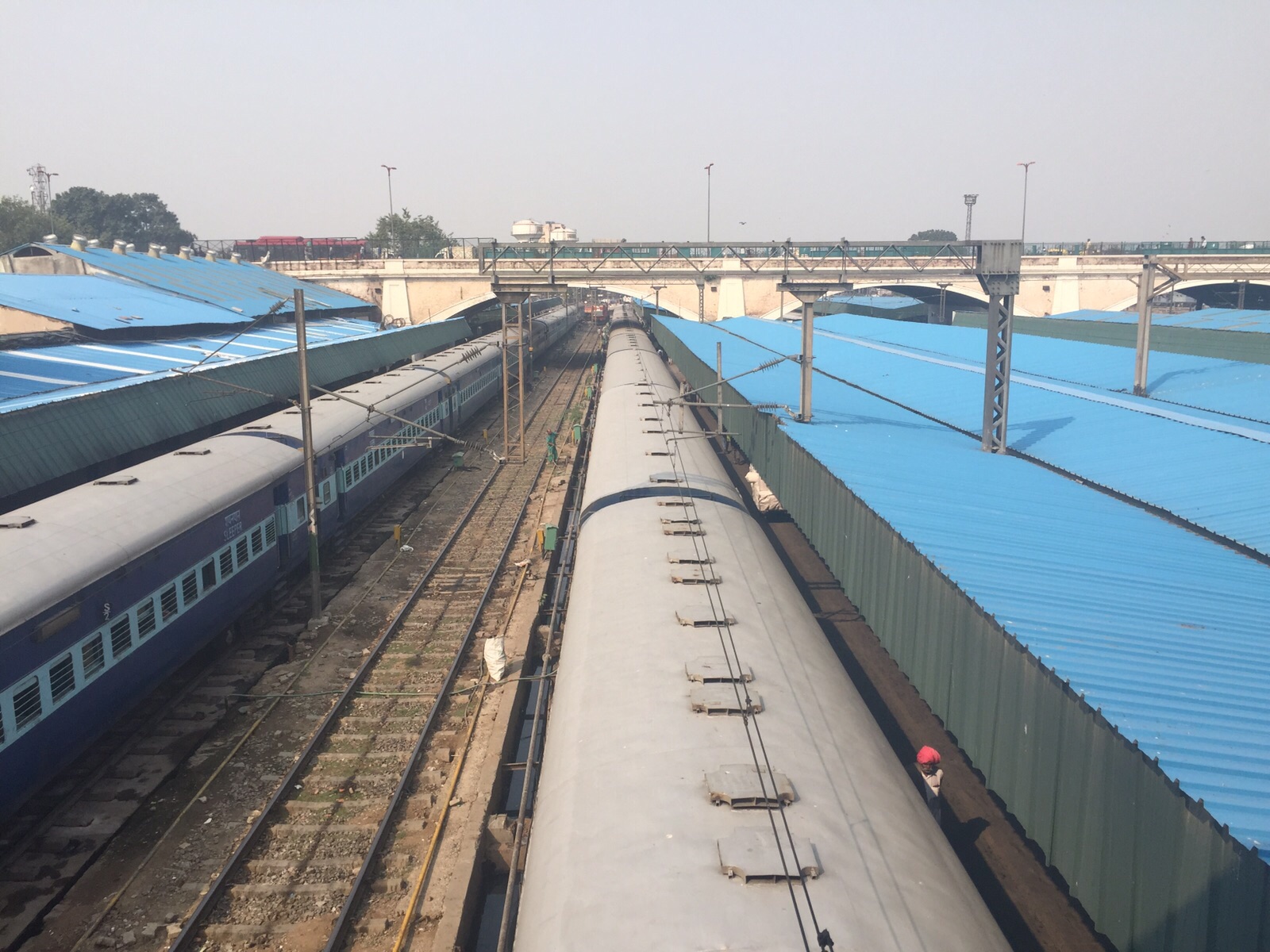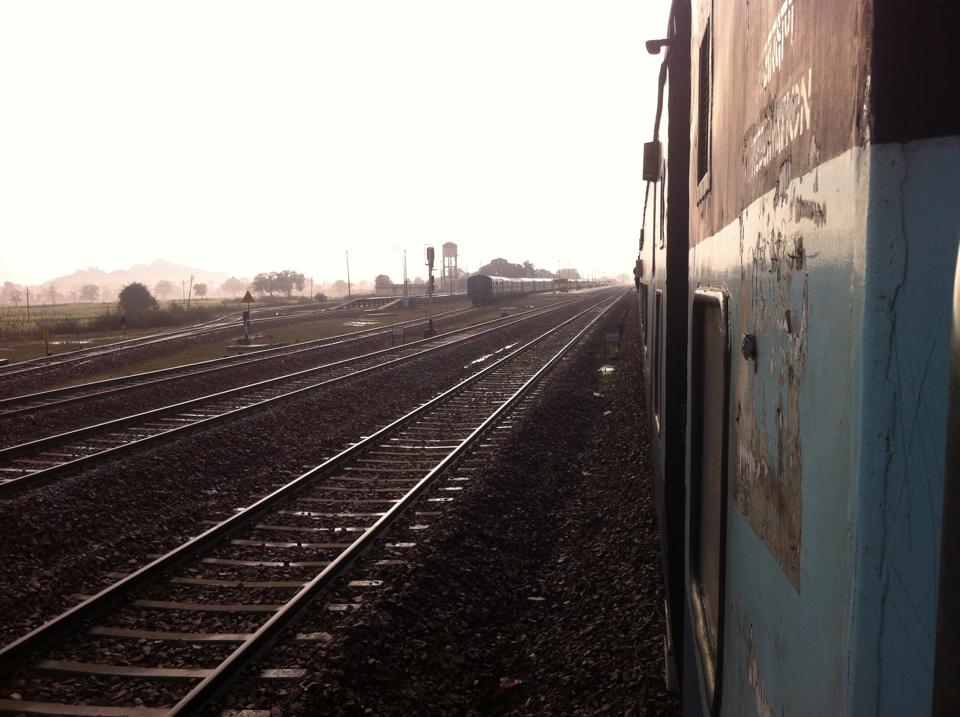A significant advance for the Indian railway network
The study, commissioned by the state company High Speed Rail Corporation of India Ltd. (HSRC), includes demand studies; prior analysis of alignment alternatives; calculation of journey times; selection of the rail technology to be implemented (track gauge, track superstructure, electrification, communications and safety installations, etc.); necessary special works; regeneration and resettlement of affected populated areas; environmental analysis; rolling stock and operation and maintenance. Lastly, an economic-financial analysis will be carried out, which will be used to determine the feasibility of the new line as well as the most adequate method of funding.
The extensive Indian rail network has great potential and its own industry, but also many challenges: only 33% of the network is electrified, there are very few fibre-optic networks, there is a lack of enclosure, stations do not have ticket purchase systems or security checks, etc. The project includes the adaptation of the current stations to high speed, or failing that, the proposal of locations and preliminary designs for new stations. The construction of this railway infrastructure is a greatly significant advance for the Indian railway network.
Experience: a key factor
Ineco’s participation in the development of more than 3,000 kilometres of Spain’s high speed rail network, along with excellent references for previous works in the area, were fundamental in HSRC’s decision to opt for this consortium.
Between 2011 and 2012, Ineco conducted a feasibility study on the high speed rail connection between Haldia and Howrah for Indian Railways; the study was carried out with the Spanish companies Ayesa and Prointec, and also constitutes part of the projects planned in the Diamond Quadrilateral Program. Furthermore, Ineco in 2012 provided technical assistance in the Bombay metro works and advised Indian Railways in the design and implementation of the strategy for the Suburban Railways train service.


























